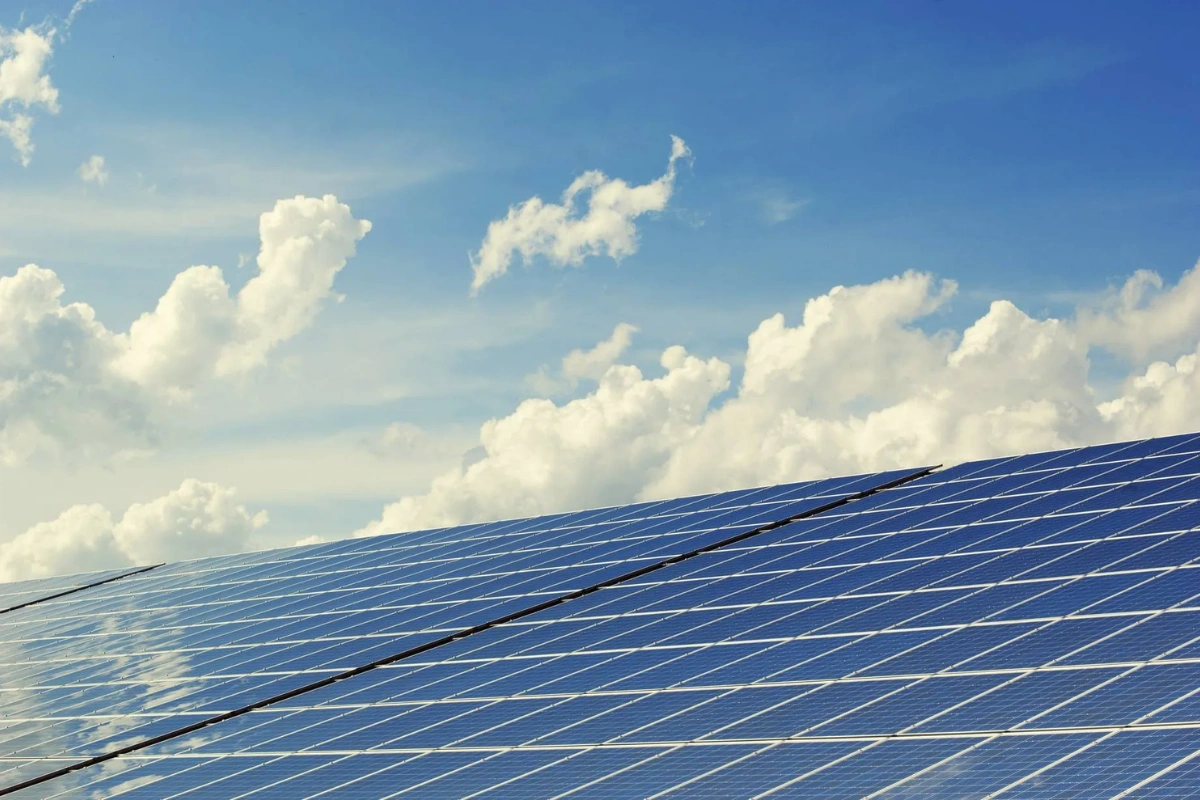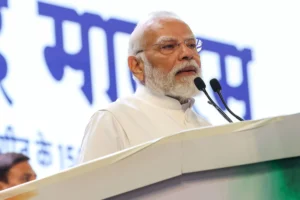
India’s solar power sector is set for a major expansion, with capacity projected to grow fivefold to nearly 50 GW by FY27, according to a recent CRISIL report.
This growth will likely driven by government initiatives aimed at reducing dependence on imported solar cells and modules while promoting domestic manufacturing through backward integration.
The sector is likely to witness a capital investment of Rs 28,000-30,000 crore, funded through a 70:30 debt-equity structure.
The emphasis on domestic production aligns with the Make in India initiative, ensuring long-term sustainability and demand within the industry.
Ankit Hakhu, Director at CRISIL Ratings, pointed out that FY24 saw the addition of nearly 19 GW of renewable energy capacity, with solar contributing about 17 GW, reflecting the increasing demand for solar modules.
While China was previously the primary supplier of solar modules, India has significantly ramped up its domestic production, now capable of meeting around 60-70% of the demand.
However, solar cell production remains relatively low, necessitating continued imports.
The focus is now on enhancing domestic manufacturing of solar cells, similar to the progress seen in module production.
Hakhu also noted that assembling imported cells into modules offers about 5% lower margins compared to manufacturing solar cells from wafers and then converting them into modules, factoring in conversion costs.
Key industry players such as Waaree Energies, Premier Energies, and Adani Energy Solutions are moving towards vertical integration under the production-linked incentive (PLI) scheme.
This indicates a strategic shift towards in-house solar cell manufacturing, strengthening India’s self-reliance in the renewable energy sector.
Also Read: India’s Insurance Sector Expands At 17% CAGR; Projected To Reach $222 Billion By 2026
To read more such news, download Bharat Express news apps




















